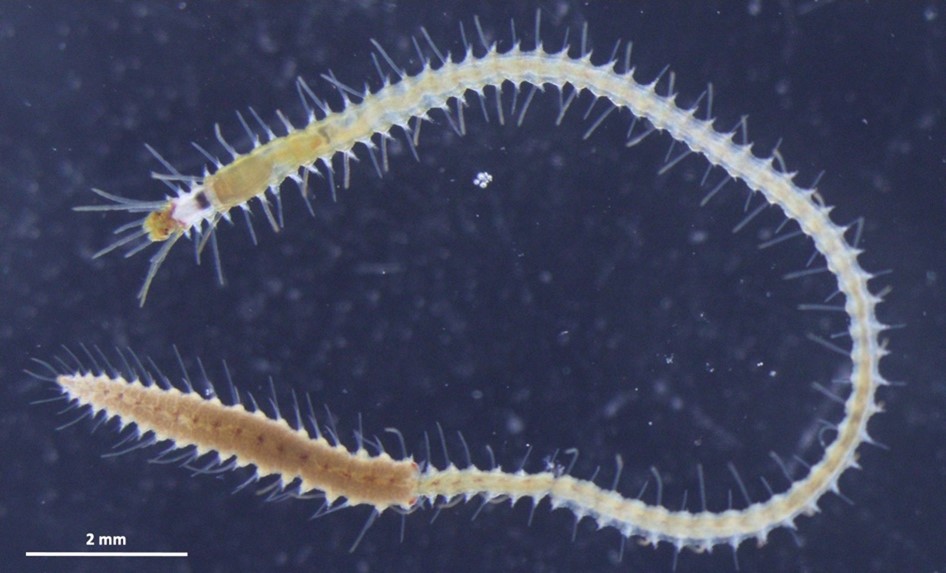2023-11-23 スイス連邦工科大学ローザンヌ校(EPFL)
◆ミズゴケによって形成される泥炭地帯は、最近の地球温暖化により変化しており、エリコイド低木が侵入していることが観察されています。ビュトレール教授の研究では、アンドロメダ・ポリフォリアと呼ばれる植物の成長が泥炭地帯の生態系に重要な変化をもたらすことが示され、これが炭素の保存に寄与する可能性があるが、追加の研究が必要であるとされています。
<関連情報>
- https://actu.epfl.ch/news/scientists-explore-hidden-dynamics-in-peat-under-m/
- https://onlinelibrary.wiley.com/doi/10.1111/gcb.16904
ヨーロッパと西シベリアの3つの泥炭地において、エリコイド低木の侵入が地上と地下のつながりをシフトさせる Ericoid shrub encroachment shifts aboveground–belowground linkages in three peatlands across Europe and Western Siberia
Alexandre Buttler, Luca Bragazza, Fatima Laggoun-Défarge, Sebastien Gogo, Marie-Laure Toussaint, Mariusz Lamentowicz, Bogdan H. Chojnicki, Michał Słowiński, Sandra Słowińska, Małgorzata Zielińska, Monika Reczuga, Jan Barabach, Katarzyna Marcisz, Łukasz Lamentowicz, Kamila Harenda, Elena Lapshina, Daniel Gilbert, Rodolphe Schlaepfer, Vincent E. J. Jassey
Global Change Biology Published: 14 August 2023
DOI:https://doi.org/10.1111/gcb.16904

Abstract
In northern peatlands, reduction of Sphagnum dominance in favour of vascular vegetation is likely to influence biogeochemical processes. Such vegetation changes occur as the water table lowers and temperatures rise. To test which of these factors has a significant influence on peatland vegetation, we conducted a 3-year manipulative field experiment in Linje mire (northern Poland). We manipulated the peatland water table level (wet, intermediate and dry; on average the depth of the water table was 17.4, 21.2 and 25.3 cm respectively), and we used open-top chambers (OTCs) to create warmer conditions (on average increase of 1.2°C in OTC plots compared to control plots). Peat drying through water table lowering at this local scale had a larger effect than OTC warming treatment per see on Sphagnum mosses and vascular plants. In particular, ericoid shrubs increased with a lower water table level, while Sphagnum decreased. Microclimatic measurements at the plot scale indicated that both water-level and temperature, represented by heating degree days (HDDs), can have significant effects on the vegetation. In a large-scale complementary vegetation gradient survey replicated in three peatlands positioned along a transitional oceanic–continental and temperate–boreal (subarctic) gradient (France–Poland–Western Siberia), an increase in ericoid shrubs was marked by an increase in phenols in peat pore water, resulting from higher phenol concentrations in vascular plant biomass. Our results suggest a shift in functioning from a mineral-N-driven to a fungi-mediated organic-N nutrient acquisition with shrub encroachment. Both ericoid shrub encroachment and higher mean annual temperature in the three sites triggered greater vascular plant biomass and consequently the dominance of decomposers (especially fungi), which led to a feeding community dominated by nematodes. This contributed to lower enzymatic multifunctionality. Our findings illustrate mechanisms by which plants influence ecosystem responses to climate change, through their effect on microbial trophic interactions.


